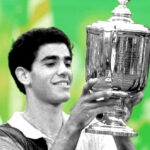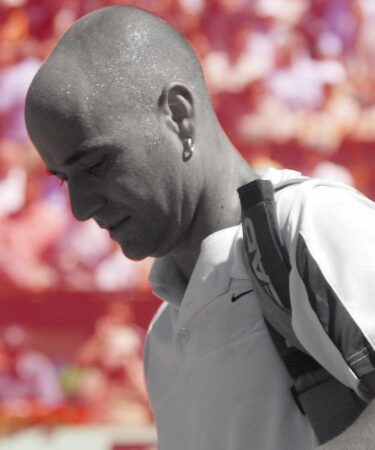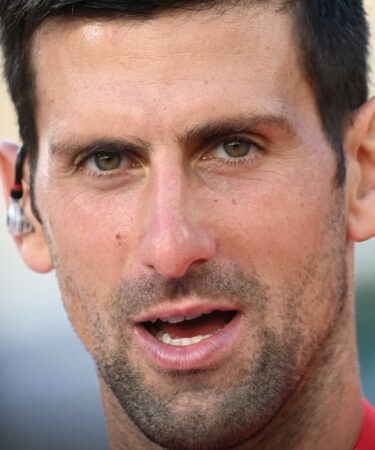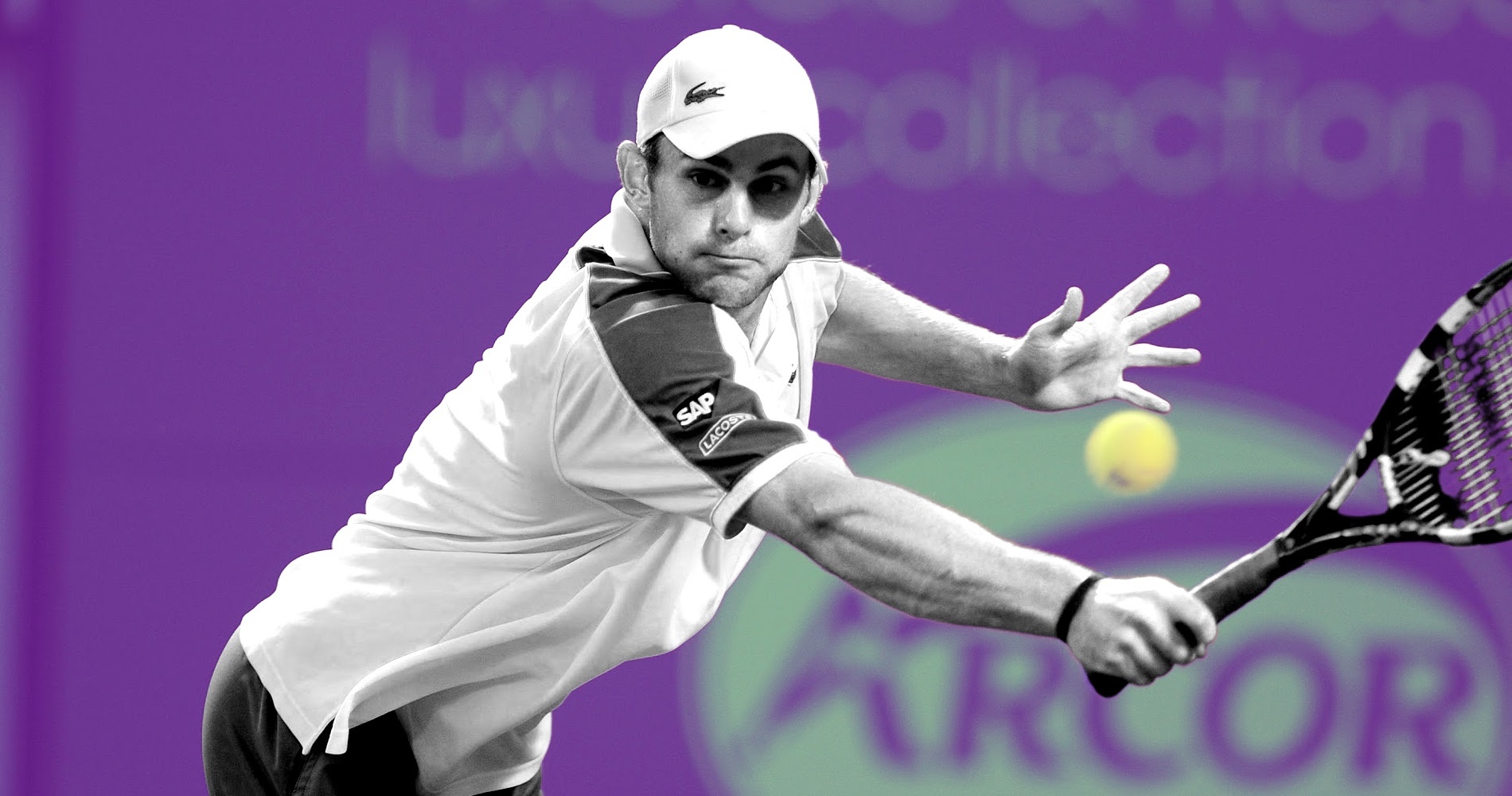November 26, 1998: The day Pete Sampras secured the year-end No 1 ranking for a record sixth straight time
Every day, Tennis Majors takes you back to a big moment in tennis history. On November 26, 1998, Pete Sampras set a new record by logging his sixth consecutive year-end No 1 ranking after playing a gruelling schedule post the US Open
 Pete Sampras, On this day
Pete Sampras, On this day
What exactly happened on that day?
On this day, November 26, 1998, Pete Sampras secured the year-end world No 1ranking for an unprecedented sixth consecutive time. Ironically, the news came when world No 2 Marcelo Rios pulled out during the ATP Tour World Championships, an announcement that was made on Pete’s day off. “Pistol Pete” was rewarded for his effort after he had played for six weeks without a break in order to finish the year at the top spot and break Jimmy Connors’ record of five consecutive years as year-end world No 1.
The player: Pete Sampras
Pete Sampras, born in 1971, dominated the game in the 1990s. After a first Grand Slam conquered at the 1990 US Open (where he became the youngest champion of all-time, edging rival Andre Agassi in the final, 6-4, 6-3, 6-2), he became world No 1 in April 1993. He then ended the next five years (1993-1997) as world No 1, tying a record previously held by Jimmy Connors.
Sampras’ serve-and-volley game was particularly lethal on the grass courts of the All England Club, where he won five titles between 1993 and 1998, holding a 39-1 record (the only man to beat him in that span was Richard Krajicek, in the 1996 quarter-finals, 7-5, 7-6, 6-4). Sampras had triumphed four times at the US Open (1990, 1993, 1995, 1996) and twice at the Australian Open (1994, 1997), and was now only one title away from Roy Emerson’s record of 12 Grand Slam crowns. On top of that, the American had won the ATP Tour World Championships (formerly the Masters Grand Prix) on four occasions (1991, 1994, 1996, 1997), and had accumulated a total of 57 titles in his career. At the time, the American was also closing in on Ivan Lendl’s record of the longest time spent as world No 1 (270 weeks).
Sampras would have easily been called the greatest of all time if it were not for his obvious weakness on clay: his best performance at Roland-Garros was a semi-final reached in 1996 (lost to Yevgeny Kafelnikov, 7-6 6-0 6-2), and he had not reached the second week of the tournament since.
The place: Hanover, Germany
Founded in 1970, the year-end ATP Tour World Championships was the final showdown between the eight best players in the world. Held in a different location every year at the start, it settled at the Madison Square Garden in New York, from 1977 until 1989. Between then and 1998, the tournament had moved twice again, from Frankfurt (1990-1995) to Hanover in 1996. As only the eight top players of the year qualify for the event, the list of its former champions is nothing short of legendary.
The facts: Sampras secures the record while eating pasta
Although he was still world No 1, Sampras’ domination on the tour had been seriously challenged in 1998. For the first time in two years, another player managed to hold the top spot, even if it was only for six weeks: Marcelo Rios, from Chile. After playing way below his lofty standards in the first half of the season, Sampras re-emerged in his own garden: Wimbledon’s Centre Court, where he claimed a fifth crown, surviving in a thrilling final against Goran Ivanisevic (6-7, 7-6, 6-4, 3-6, 6-2). He reclaimed his throne from Rios on August 14. Later in the summer, he was defeated twice by Pat Rafter, the first time in the Cincinnati final (1-6, 7-6, 6-4), and the second time in the US Open semi-final (6-7, 6-4, 2-6, 6-4, 6-3).
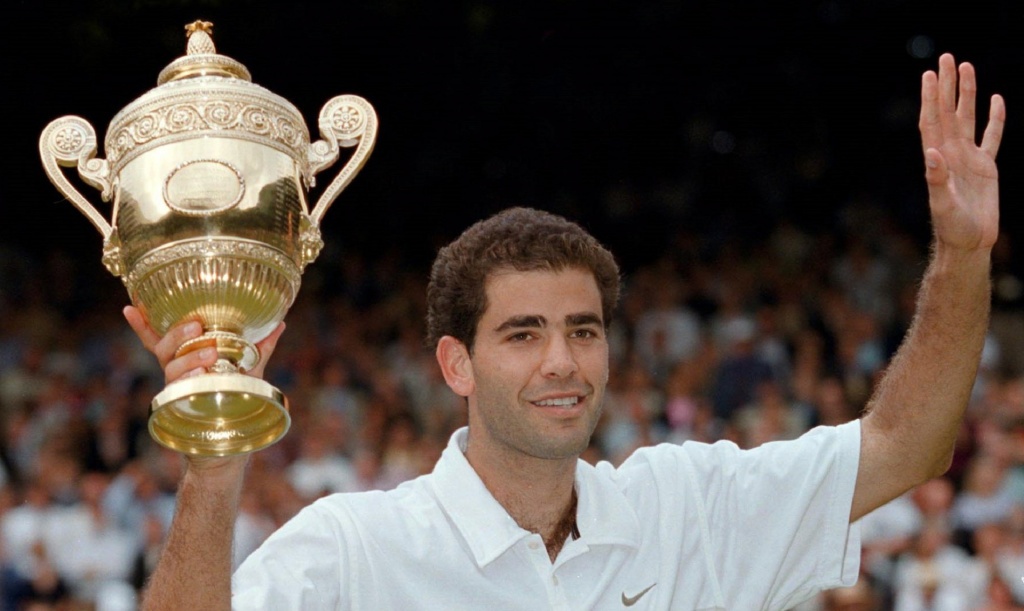
At that stage, it wasn’t clear if Sampras could finish the year as world No 1, and so he dug in, making the goal his vision quest for the rest of the season. He had already tied Connors’ record of five consecutive years as the year-end No 1, and he now had the opportunity to create a new record. In order to achieve that goal, Pistol Pete put six tournaments on his schedule between the US Open and the Masters Cup, instead of the three events he had entered in the same period in 1996 and 1997.
His gruelling European tour started in Basel with a first-round loss to Wayne Ferreira (4-6, 7-6, 6-3), but then he triumphed in Vienna (defeating Karol Kucera in the final, 6-3, 7-6, 6-1) before reaching the semi-finals in Stuttgart (lost to Richard Krajicek, 6-7, 6-4, 7-6) and finishing runner-up to Greg Rusedski in Paris (6-4, 7-6, 6-3).
Meanwhile, his rival for the top spot, Marcelo Rios, also entered six events, travelling from Munich to Singapore, before flying back to Europe. In a desperate attempt to top Sampras, he had even flown back to Chile to attend a tournament in Santiago between Paris and the World Championships, held in Hanover.
Just before the Masters, Sampras was defeated by Jason Stoltenberg in the first round at Stockholm (7-6, 4-6, 6-4), showing obvious signs of mental exhaustion: the world No 1, known for his sportsmanship and exemplary attitude, threw his racket and was awarded a warning.
Despite this disappointing result, Sampras was still in a good position to reach his goal. Rios trailed him by 33 points, and he had to obtain a better result than the American in order to overcome him. Sampras started his tournament with a win over Yevgeny Kafelnikov (6-2, 6-4), while Rios lost his opening match to Tim Henman (7-6, 6-1).
In his second match, Pistol Pete beat the Roland-Garros champion, Carlos Moya (6-3, 6-3) to qualify for the semi-finals. That victory forced Rios, whose second match was scheduled the next day, to win his two next round-robin matches.
Rios didn’t have the chance to try. On November 26, he announced that, due to a back injury, he had to withdraw from the tournament. Without playing, Sampras was now sure to be the year-end world No 1 for the sixth consecutive season, an unprecedented feat in tennis history.
“I was home at the hotel eating some pasta,” Sampras told the press that day. “There I saw he pulled out. It was kind of a weird feeling. I thought I was going to have to win a match or win the tournament or whatever. It was just kind of ironic how it all worked out.“
When asked about the pressure that was on his shoulders in the past weeks, he explained:
“I don’t look at it as a burden; I look at it as an ultimate achievement. This is a record that I feel will probably never be broken ever, and I knew that. I knew that over the past couple months, it was either now or never. I felt, ‘This is my chance to do it.’ To get to No 1 is one thing; but to stay there is another thing. It’s twice as hard. To have stayed on top for most of my career is a little overwhelming. You see many players in the past have not handled the pressure or not enjoyed it. I’m very comfortable being No 1, and that helps.“
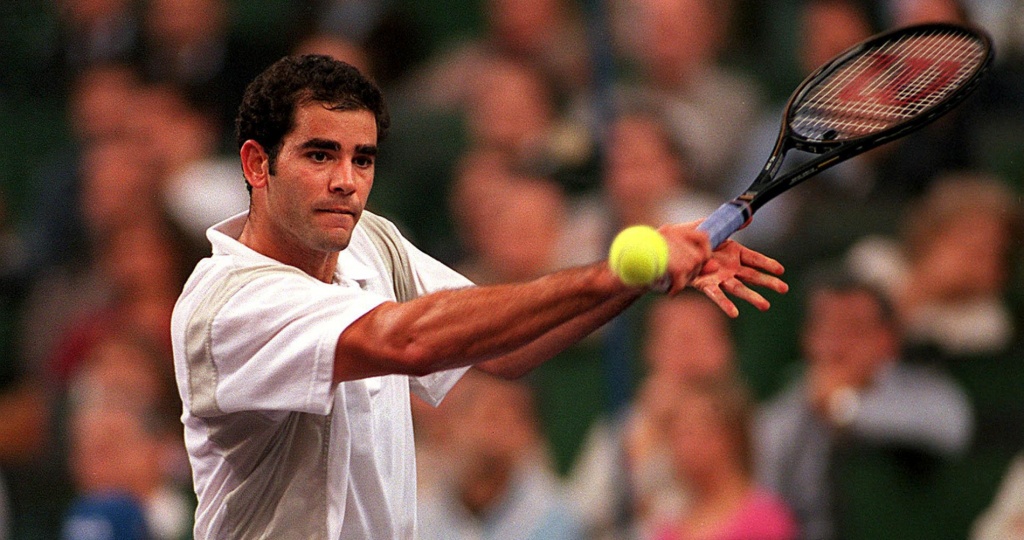
What next?
Pete Sampras would lose to the eventual champion, Alex Corretja, in the semi-finals, 4-6, 6-3, 7-6.
Exhausted by his quest for the record, he would lose his No 1 spot to Agassi in 1999, saving his season with a sixth Wimbledon title and a fifth Masters crown, defeating his arch-rival each time in the final. In 2000, Sampras would lift a seventh Wimbledon trophy, defeating Rafter in the final (6-7, 7-6, 6-4, 6-2), and that year, he would appear for the last time on top of the ATP rankings on November 19. He had spent 286 weeks as world No 1, a record at the time. Sampras would retire in 2003, his last tournament being his 14th Grand Slam victory at the US Open in 2002 (also a record at the time), when he beat his old rival Agassi in the final (6-3, 6-4, 5-7, 6-4).
Sampras’ record for most No 1 year-end finishes would eventually be broken by Novak Djokovic as the Serb finished his seventh season as world No 1 in 2021 (2011, 2012, 2014, 2015, 2018, 2020, 2021). However, Sampras’ record of six in a row still remains an unmatched achievement.


